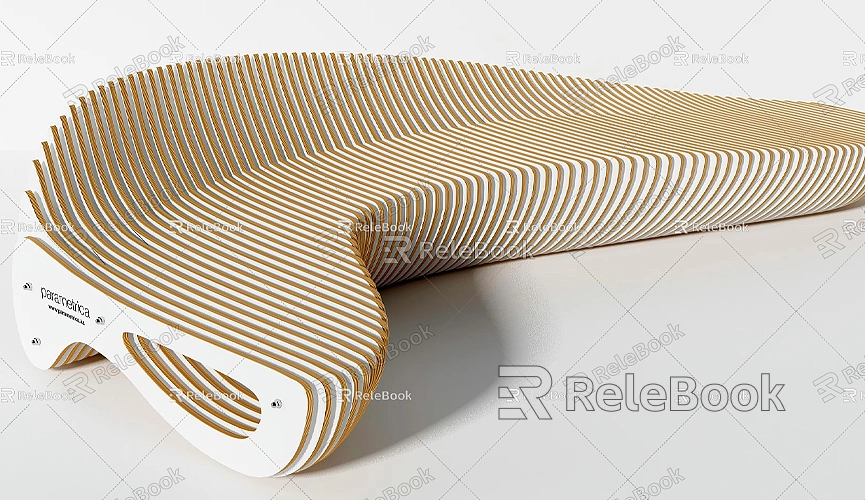Can You Import a SketchUp Model into Revit?
In the fields of architectural design and engineering, both SketchUp and Revit are commonly used software. SketchUp is widely appreciated for its simple and intuitive interface, while Revit is favored by many professionals for its powerful Building Information Modeling (BIM) capabilities. Many designers wish to import models created in SketchUp into Revit for more complex design and analysis. So, can SketchUp models really be imported into Revit? This article will answer that question in detail and provide some practical steps.

Exporting the SketchUp Model
First, to import a SketchUp model into Revit, it must be exported in a suitable format. Revit supports various file formats, with the most common being DWG and DXF. The export process is relatively straightforward. Open your SketchUp model, click on the “File” menu, select “Export,” and then choose “3D Model.” In the dialog box that appears, select either the DWG or DXF format, confirm the save location and file name, and finally click “Export.”
During export, you can adjust some settings as needed to ensure the quality of the model. For instance, you can choose the appropriate units and layer settings for proper display in Revit.
Importing the Model into Revit
Once the export is complete, you can import the model into Revit. Open Revit, create a new project, or open an existing one. Next, click on the “Insert” tab, select the “Import CAD” or “Import” button, and then choose the DWG or DXF file you just exported.
During the import, Revit will prompt you to set some parameters, such as units and layer selection. Be sure to configure these settings as necessary, then click “OK” and wait for Revit to load the model. Once loading is complete, you will see the imported SketchUp model in the Revit view.
Adjusting the Imported Model
After the import is complete, some adjustments to the model may be necessary. Due to the differences in modeling approaches between SketchUp and Revit, the imported model might have issues like improper scale or misalignment. You can use Revit's “Move,” “Rotate,” and “Scale” tools to adjust the model to meet design requirements.
Additionally, the imported model may include unnecessary details. To optimize the model, you can manually delete extraneous elements or group the model in Revit for easier management and editing later.

Utilizing Revit's BIM Features
By importing the SketchUp model into Revit, you can take full advantage of Revit's robust BIM features for in-depth analysis and design. Revit allows users to add detailed construction information to the model, including materials, structures, and engineering systems. This capability helps designers conduct comprehensive evaluations during the design process, ensuring project feasibility.
Tips for a Smooth Import Process
Here are a few tips to help you navigate the import process more smoothly. First, ensure that the components in your SketchUp model are named consistently for easier identification in Revit. Second, simplify the model by removing unnecessary details to reduce complexity during import. Finally, promptly check the imported model to ensure all elements have loaded correctly.
Accessing High-Quality 3D Resources
When creating models and virtual scenes, designers often need high-quality 3D textures and HDRI. If you require such resources, you can download a variety of them for free from [Relebook Textures](https://textures.relebook.com/). Additionally, if you need beautiful 3D models, you can find many quality resources at [Relebook Models](https://3dmodels.relebook.com/). These high-quality resources will greatly enhance your design outcomes, making your models more vibrant and realistic.
In summary, SketchUp models can indeed be imported into Revit. By following proper export and import procedures, you can leverage the strengths of both applications to improve design efficiency. Adjusting the model post-import and utilizing Revit's BIM capabilities can help designers conduct deeper analysis and design work. I hope this article helps you better understand how to import SketchUp models into Revit.

